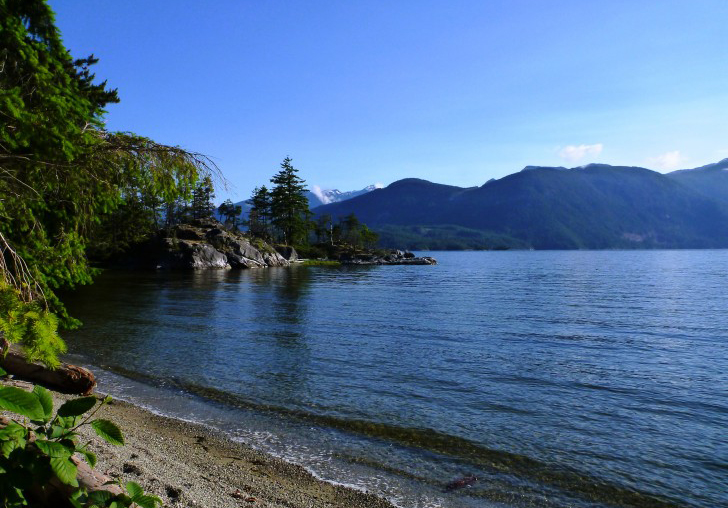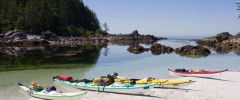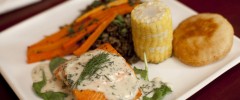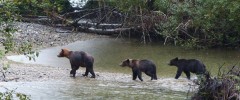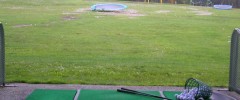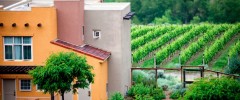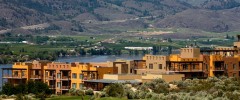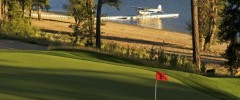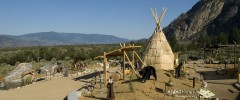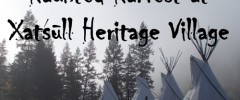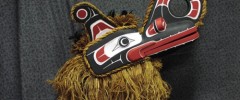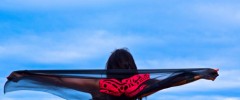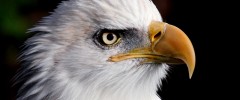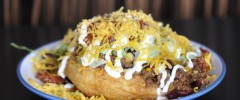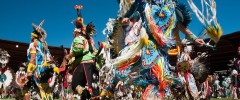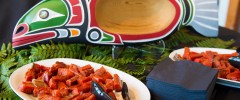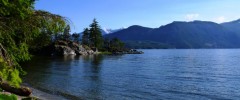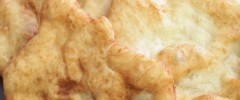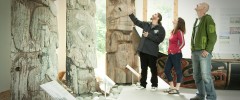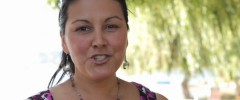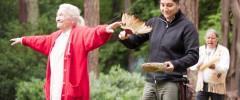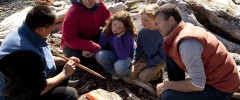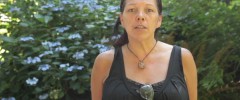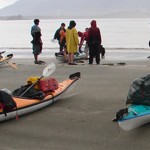Fish Fins… Growing up in the Sechelt Nation
Candace Campo, owner of Talaysay Tours, has shared some memorable experiences of growing up in the Sechelt Nation.
One of my first jobs ever was cutting fish fins. When I think back I laugh at the thought that I was given a knife at the age of five. There I was squatting on the shore line with what seemed so huge, Chinook salmon. They seemed almost as big as me. Maybe they were Atom sockeye I don’t really remember paying attention because I had a job to do. It was a warm summer day and seagulls were making their seagull noise and I was so happy. Each fin I cut off my auntie Wilma would cheer me on. Good work baby. Good girl Candy. I had older brothers, cousins, aunts and uncles all cutting, gutting, fish washing and loading the salmon up into big buckets to be brought up the beach to be washed in Granny’s kitchen so that she could can or freeze them but I still thought my job was the biggest and the most important. Auntie Wilma made sure of that.
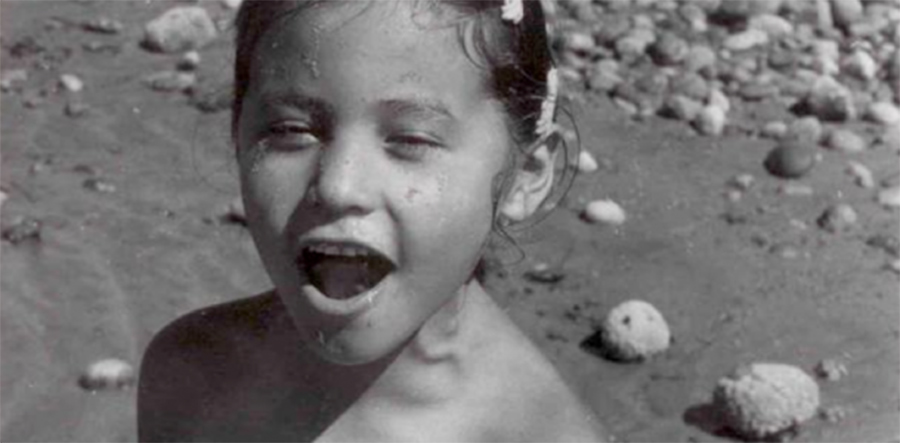
Already at the age of five I was attending other work projects. I picked salmon berries and black berries, black caps, thimble berries and blueberries. Not much, but I helped. It was always a collective effort. We fished herring, dug cockles and clams, picked susqualnach (sea onion) and suski (salmon berry shoots). One of my earliest memories related to labour for the sake of food was when I was three. I sat on my dad Vincent’s shoulders as he walked in the eel grass along Porpoise Bay. We were fishing for crabs and the easiest, most efficient way was to walk along the shore line at low tide. My dad was waded past his hips and it was a bit windy and cold in late spring. Okay maybe that wasn’t my very first job but I was a part of the team. The Bay was full of seafood and fish back then.
Back to my story. I remember my dad shivering because he was cold from reaching into the water and submerging his body. Only my feet were wet. I remember the distinct sound of the float planes flying by, the smell of the salty, clay mudflats, the distinct wet smell of the burlap potato sack that dragged in the water. We had about four crabs that would easily feed our family of five. My older brother Jonathan, age 5, had to keep up to our dad as he walked closer in shore. When you go food harvesting you always get food for the Elders too. My mom would say Elders need seafood, they grew up on it. So on that cold windy day we trekked on to get a crab too for Granny Sarah, her cousins Uncle Don, Uncle Moses and Auntie Laura. When we would arrive home, my mom would have the big pot of boiling water on. The catch would be passed in through the kitchen window straight to the pot. The rest of us had to hose off the mudflats before we could enter the house. Dungeness crab today is still my favorite dinner.
Click here for more information on how to add an Aboriginal experience to your next visit to British Columbia. Like our Facebook page to find out when we share more experiences.
Bannock – A traditional food
A Taste of Aboriginal Culture
Related Deals
Related Events
Related Blogs
Bannock – A traditional food
A Taste of Aboriginal Culture

